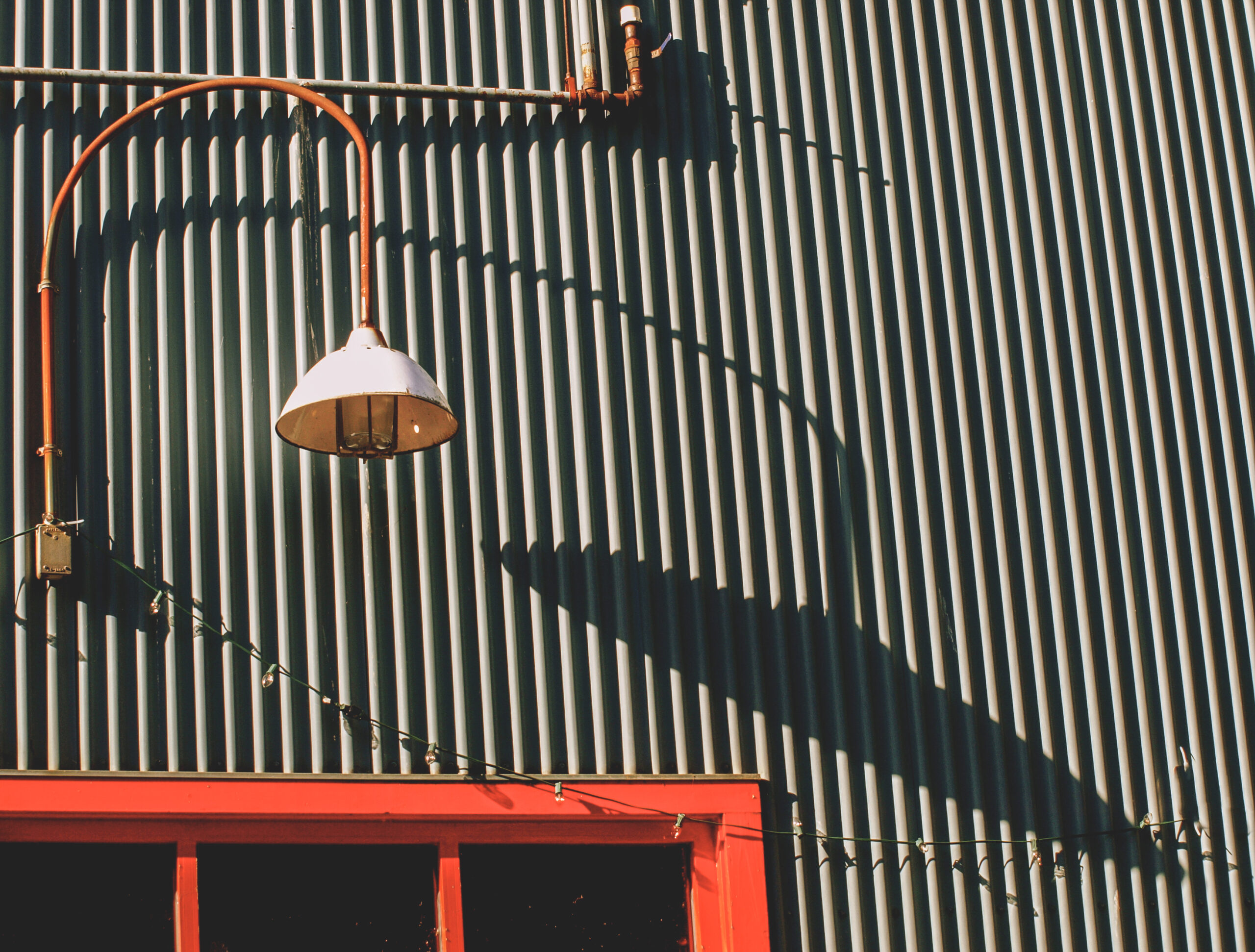Chromium Oxide Green Refractory Uses Clarified.
Did you know that about 80% of the world’s chromium production goes into making refractories? Green chromium oxide, scientifically known as Cr2O3, stands out for its distinct characteristics. These properties make it crucial in applications involving high heat. It enhances durability and oxidation resistance in various production processes.
This discussion will explore the extensive uses of chromium trioxide in refractory materials. We will underscore its importance in modern industry. Let’s find out why this adaptable compound is indispensable.
Overview of Green Chromium Oxide
Chromium oxide green is a vibrant green substance well-known for its multi-use potential and durability. It is key in the sector of refractories thanks to its special characteristics. This compound not only boosting the aesthetic value of items, but also delivers significant industrial gains for challenging industrial uses.
In the refractory industry, chromium oxide green is essential. It enhances the high-temperature resistance and toughness of substances in challenging settings. This includes applications in steel production and glassworks. As industries evolve, the material’s significance becomes more prominent, offering solutions for high-temperature scenarios where endurance is critical.
Chromium oxide green is not merely a color additive; it’s a vital component for durable heavy-duty tasks. Its flexibility and robustness make it a key ingredient in the creation of durable refractory materials.
Grasping Chromium Oxide and its Makeup
Chromium oxide, scientifically called Cr2O3, is a compound composed of chromium and oxygen atoms. Its makeup of chromium oxide displays distinct properties that improve its role across various sectors. This material’s makeup is sturdy and stable, offering strength in harsh conditions.
The refractory properties of green chromium oxide stand out in uses demanding compounds that can endure intense thermal conditions. It demonstrates a robust capacity to resist thermal shock. This renders it suitable for smelting and other industrial processes where thermal energy is crucial.
Comprehending the details of chromium oxide composition helps industries exploit its natural advantages. Its ability to endure pressure enhances overall effectiveness. This positions chromium oxide as a preferred option among heat-resistant compounds.
Importance of Chromium Trioxide in Refractory Applications
Chromium trioxide is key for the efficiency of refractories due to its special qualities. It boosts the reliability and durability of these substances in harsh environments. This insight is key for appreciating its position alongside chromium oxide in a range of uses.
Role of Chromium Trioxide in Enhancing Stability
Refractory materials must withstand high temperatures without degrading. Trioxide of chromium improves their thermal resistance and structural integrity. This results in less deterioration, rendering it key for companies requiring reliable substances.
Comparative Analysis of Green Chromium Oxide and Trioxide of Chromium
Chromium oxide and trioxide of chromium have unique contributions in thermal-resistant products. Both are key, but vary in their features:
| Feature | Green Chromium Oxide | Chromium Trioxide |
|---|---|---|
| Thermal Stability | Good thermal stability | Enhanced thermal resistance |
| Application | Regularly found in refractory compounds | Optimal for intense thermal scenarios |
| Strength | Average strength | Greatly improves longevity |
This analysis shows the unique contributions of green chromium oxide and trioxide of chromium to heat-resistant compounds. Their unique traits enhance performance and lifespan in different industries.
High-Temperature Resistance Properties of Green Chromium Oxide
Chromium oxide green displays remarkable properties, turning it into ideal for high-temperature applications. Its fusion temperature can reach to very high heat levels, providing unparalleled structural integrity in intense settings. This is vital for companies needing strength, most notably in metalworking industries.
Heat Tolerance and Strength
Chromium oxide green is well-known for its high-temperature fusion point, crucial for keeping refractory structural integrity. This high-temperature resistance lets it tolerate intense temperatures without breaking down. Its ability to resist melting turns it into a necessity in industries requiring reliability.
Uses in Metalworking
In iron and steel production, green chromium oxide’s ability to withstand heat is vital. It’s often used in thermal-resistant building blocks for furnaces and heat chambers. These bricks are subjected to harsh heat and need to maintain integrity. Chromium oxide green’s high melting point makes them effective, enhancing productivity in metalworking.
Gains of Chromium Oxide Green in Refractories
Green chromium oxide significantly enhances refractory materials, crucial for multiple sectors. It boosts physical traits and ability to endure oxidizing environments. These improvements improve the lifespan and functionality of refractory products.
Enhancing Structural Traits
Incorporating chromium oxide into refractory materials greatly enhances their mechanical properties. Key benefits are:
- Boosted resilience: Chromium oxide green’s toughness makes materials more resilient against abrasion.
- Enhanced wear resistance: Its makeup reduces damage from intensive use, lengthening the lifespan of materials.
- Enhanced structural resilience: This characteristic lets thermal-resistant products to resist mechanical stresses, suiting challenging environments.
Resistance to Oxidation in Heat-Intensive Uses
Green chromium oxide’s ability to withstand oxidation is crucial in heat-intensive applications. The gains are:
- Extended longevity: Refractories resist degradation, withstanding intense heat.
- Enhanced operational efficiency: They suffer less damage, allowing for consistent efficiency in sectors.
- Minimized replacement needs: Less need for substitution of substances reduces expenses for sectors using refractories.
These green chromium oxide advantages boost the functionality of refractories and encourage sustainable use. They extend service life and reduce waste.
Chromium Oxide Green Refractory Uses Explained
Green chromium oxide has become crucial in various fields because of its exceptional features. It excels in numerous fields, from steelmaking to glassmaking. Its role as a key ingredient in thermal-resistant products underscores its significance.
Sectors Utilizing Chromium Oxide Green
Green chromium oxide is crucial in numerous industries for better performance. Here are the main industries and their specific uses:
- Iron and Steel Production: It’s used in producing heat-resistant bricks and moldable refractory materials, providing thermal stability and abrasion resistance.
- Glass Production: In thermal-resistant linings, it guarantees high temperatures and delivers chemical integrity.
- Ceramics: As a colorant in ceramic finishes, it enhances aesthetic appeal, strength, and structural integrity.
- Concrete Manufacturing: It boosts the quality of heat-resistant compounds for high-temperature environments.
Diverse Uses of Refractories
Green chromium oxide’s flexibility goes beyond individual sectors. Its roles include a wide range, for example:
- High-performance refractory bricks
- Castables for extreme conditions
- Anti-corrosive refractory coatings
- Ceramic materials requiring thermal durability
This broad application spectrum shows chromium oxide green’s significance in improving manufacturing processes. Its exceptional features help industries meet modern production demands, promising improved output and material longevity.
Primary Sectors for Green Chromium Oxide
Green chromium oxide is essential in various industries, recognized for its multi-use capabilities and performance. It is mainly used in the sector of refractories, boosting heat resistance and structural integrity. This material is essential in products developed for extreme conditions.
In the creation of refractory bricks and inner linings, chromium oxide green is notable. These components are essential in intense thermal situations like ovens, heat chambers, and thermal destruction systems. Incorporating green chromium oxide improves their functionality, promising they last longer and offer dependable use.
- Ceramics Production: Chromium oxide green is key in ceramics, boosting color consistency and structural integrity.
- Metal Production: It is applied in metal processes for equipment and parts requiring heat tolerance.
- Glass Industry: In glassworks, chromium oxide green ensures the durability of furnace linings.
This substance is important beyond conventional applications but also in modern materials. The push for sustainable methods is promoting its application in advanced refractory composites.
As companies emphasize output and effectiveness, green chromium oxide continues to be vital. Its broad field of applications emphasizes its value across multiple fields. This confirms its significance in the current heat-resistant material market.
Methods of Producing Chromium Oxide Green
The manufacture of chromium oxide green uses several recognized procedures, each with specific pros and issues. These approaches are crucial for manufacturing pure green chromium oxide, vital for its varied applications. Techniques such as ignition, water-based, and solid formation are crucial in production and output reliability.
Widely-Used Manufacturing Methods
Many typical manufacturing processes are utilized in green chromium oxide manufacture. These comprise:
- Burning Technique: This technique entails the combustion of chromium compounds with natural components. It is efficient and has a low environmental impact.
- Aqueous Process: This technique uses the interaction of chromium-based materials in an aqueous solution under intense pressure and temperature. It creates finely structured materials.
- Precipitation Method: This technique involves the precipitation of green chromium oxide from aqueous solutions. It enables regulation over the size of particles and shape.
Each process offers unique advantages, such as cost efficiency and expandability, but also comes with issues like quality and size inconsistency. Picking the best technique significantly impacts the output characteristics and its effectiveness for specific applications.
Quality Control in Production
Ensuring product quality is important in the manufacture of green chromium oxide. It makes certain the final product meets industry standards for cleanliness and consistency. Important areas of quality control consist of:
- Frequent evaluation of raw materials to guarantee good-quality components for green chromium oxide production.
- Monitoring of production parameters, such as temperature and compression, during the various manufacturing techniques.
- End-result analysis for chemical composition and characteristics, guaranteeing adherence with target characteristics.
Effective quality control procedures enhance the consistency and performance of green chromium oxide for its various industrial applications. This emphasizes the significance of these creation methods in the overall process.
Sustainability in the Production and Use of Chromium Oxide Green
The push for sustainability is transforming the production of chromium oxide green. Environmental protection is now a top concern as manufacturers seek methods to reduce emissions. By adopting green techniques, they cut down on pollutants and reduce resource consumption.
Integrating sustainability into chromium oxide green production meets both legal standards and customer preferences. Companies are now increasingly mindful of their eco-footprint. By using advanced processes, they gain advantages such as:
- Employing recycled substances in manufacturing, which reduces reliance on raw materials.
- Boosting energy efficiency in creating products.
- Enhancing recycling practices to reduce ecological impact.
Chromium oxide green’s sustainable use is also clear in different fields. For instance, it is instrumental in exhaust gas treatment systems, lowering harmful emissions. This proves the vital role of green initiatives in the sector of heat-resistant materials.
| Technique | Overview | Eco-Friendly Impact |
|---|---|---|
| Resource Utilization | Employing waste materials in manufacturing | Lowers need for new resources |
| Power Consumption | Methods to improve power efficiency | Minimizes carbon footprint |
| Pollution Management | Installation of advanced filtration systems | Lessens harmful pollutants released |
| Recycling Practices | Recycling and repurposing production waste | Reduces landfill usage |
As sectors emphasize green initiatives, the manufacture of green chromium oxide and use stand out. They demonstrate how environmental protection and innovation can collaborate, paving the way for a more sustainable future.
Exploring Future Development in Refractory Applications
The landscape of heat-resistant material use is set for significant transformation, notably with the advancements in green chromium oxide. As companies prioritize efficiency and sustainability, the next phase of this substance takes on added significance.
New innovations are pushing the boundaries in the use of green chromium oxide, which may involve:
- Enhanced thermal stability for enhanced functionality in extreme conditions.
- New formulations that expand its use in metallurgy and pottery.
- Next-generation production processes to minimize ecological footprint while ensuring product consistency.
Bringing chromium oxide green into next-generation refractories guarantees strong results for multiple fields. Ongoing innovation and study is set to leverage this material’s unique properties. This promises it continues to be key in innovative refractory solutions.
By capitalizing on these breakthroughs, companies can improve the efficiency and sustainability of their heat-resistant materials. This guarantees a future of green chromium oxide highly successful.
Summary
Chromium oxide green is a vital substance that enhances the strength and performance of refractory components across multiple industries. Its distinct characteristics, such as heat endurance and oxidation stability, are important for the steel industry and ceramics production.
The exploration of chromium oxide green’s applications showcases its flexibility and value in today’s production processes. Ongoing innovations in production enhance its potential, promising it stays important for demanding roles.
As the movement for greener practices intensifies, the use of chromium oxide green is set to increase. Its use in creating sustainable refractory materials underscores its vital role in the next generation of heat-resistant materials. This ensures increased efficiency and efficiency in a constantly developing industrial field.



